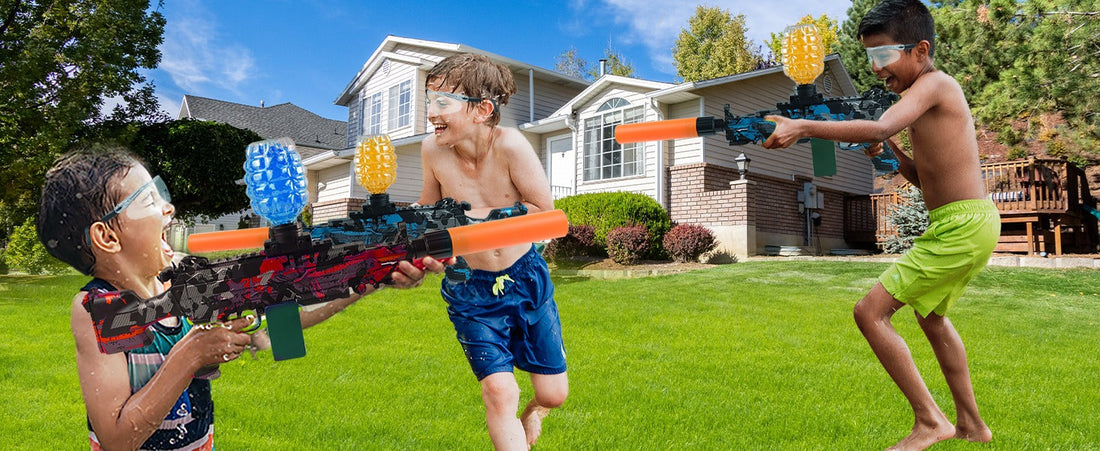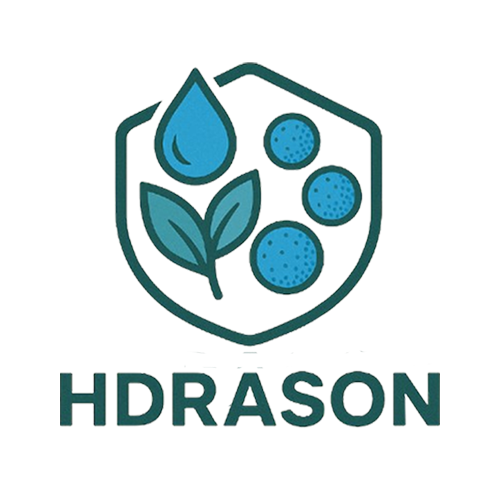
Hdrason Gel Water Beads: A Fun Aid for Home Science Experiments
Share
Stimulating a child's curiosity about science is crucial as they grow. As children's first exposure to the world, engaging in simple and engaging science experiments allows them to explore knowledge through play. Hdrason's gel water beads, with their unique physical properties, are ideal props for home science experiments, making scientific learning lively and engaging.
Hdrason's gel water beads offer significant advantages for home science experiments. Their visible expansion process allows children to clearly observe the transformation of the beads from tiny particles into plump spheres, facilitating their understanding of the scientific principles of water absorption and expansion. They are also safe and non-toxic, ensuring no harm to children's skin or accidental contact during experiments, allowing parents to confidently let their children experiment. Furthermore, the beads' soft texture makes them easy to clean afterward, leaving no messy residue. This makes preparing and finishing home experiments a breeze.
At home, gel water beads can be used to conduct a variety of simple and fun science experiments. The "Expansion Rate Observation" experiment is a favorite among children: prepare three transparent cups, fill them with cold, warm, and hot water, and place equal amounts of dry water beads in each cup. Have children record the time it takes for the beads to expand at different water temperatures fully. Through observation, children will discover that the higher the water temperature, the faster the beads expand, providing a preliminary understanding of the effect of temperature on molecular motion. During the experiment, parents can guide children to record the size of the beads at each time point using drawings or writing, cultivating their observational skills and recording habits.
The "Water Absorption Comparison" experiment enables children to understand the water absorption properties of different substances by preparing gel water beads, a sponge, and a paper towel. Place each in a shallow dish with equal amounts of water. After a period of time, observe which absorbs the most water. Children will find that the gel water beads absorb far more water than the sponge and paper towel, further demonstrating the differences in water absorption capacity between different materials. This experiment not only allows children to understand the properties of substances but also cultivates their comparative and analytical skills. The "Color Mixing and Diffusion" experiment allows children to experience the wonders of science through color changes: Place red and blue water droplets in two separate cups of clear water. After the water droplets dissolve, slowly pour the two cups of colored water into the same transparent container and observe how the two colors gradually blend to become purple. Parents can use this experiment to explain the principle of molecular diffusion and help children understand how different colored water molecules merge during movement. Children can also try different color combinations to explore more color mixing possibilities and experience the joy of color changes through the experiment.
The "Weight-Bearing Capacity Test" experiment stimulates children's curiosity: Place fully expanded water droplets in a transparent container, stack them layer by layer, and then gently place lighter objects, such as small building blocks or plastic toys, on top to observe the weight the droplets can withstand. By adjusting the weight and placement of the objects, children will discover that the droplets support each other when under pressure, thus understanding the principle of force dispersion. This experiment allows children to develop problem-solving skills and innovative thinking through hands-on activities.
These home science experiments not only teach children basic scientific knowledge but also cultivate their diverse abilities. During the experiment, children are required to engage in hands-on activities, observe, record, and analyze the results, which helps improve their hands-on skills, observation, and logical thinking abilities. Parental participation in the experiments also fosters communication and collaboration between parents and children, making science learning a heartwarming family bonding experience.
Hdrason's gel water beads make home science experiments less boring. Through intuitive and engaging play, they allow children to experience the charm of science and spark a desire to explore the unknown. Whether it's a weekend afternoon or a leisurely evening, conducting these simple experiments with children can enrich family time with knowledge and joy.
Next article:A Fun Teaching Aid for Kindergarten Early Childhood Education
